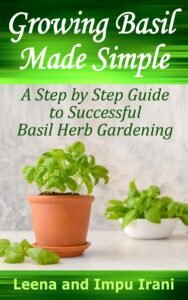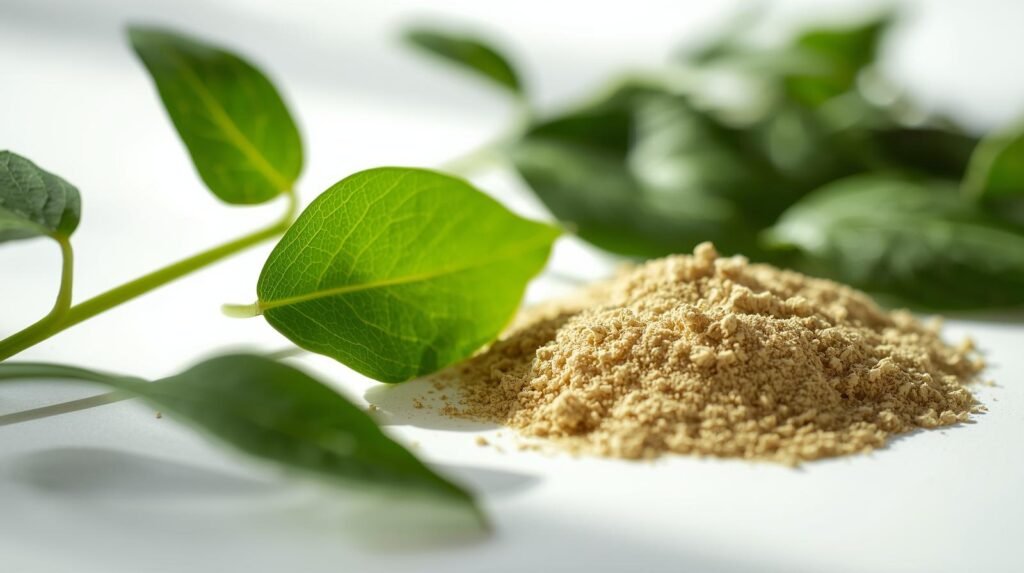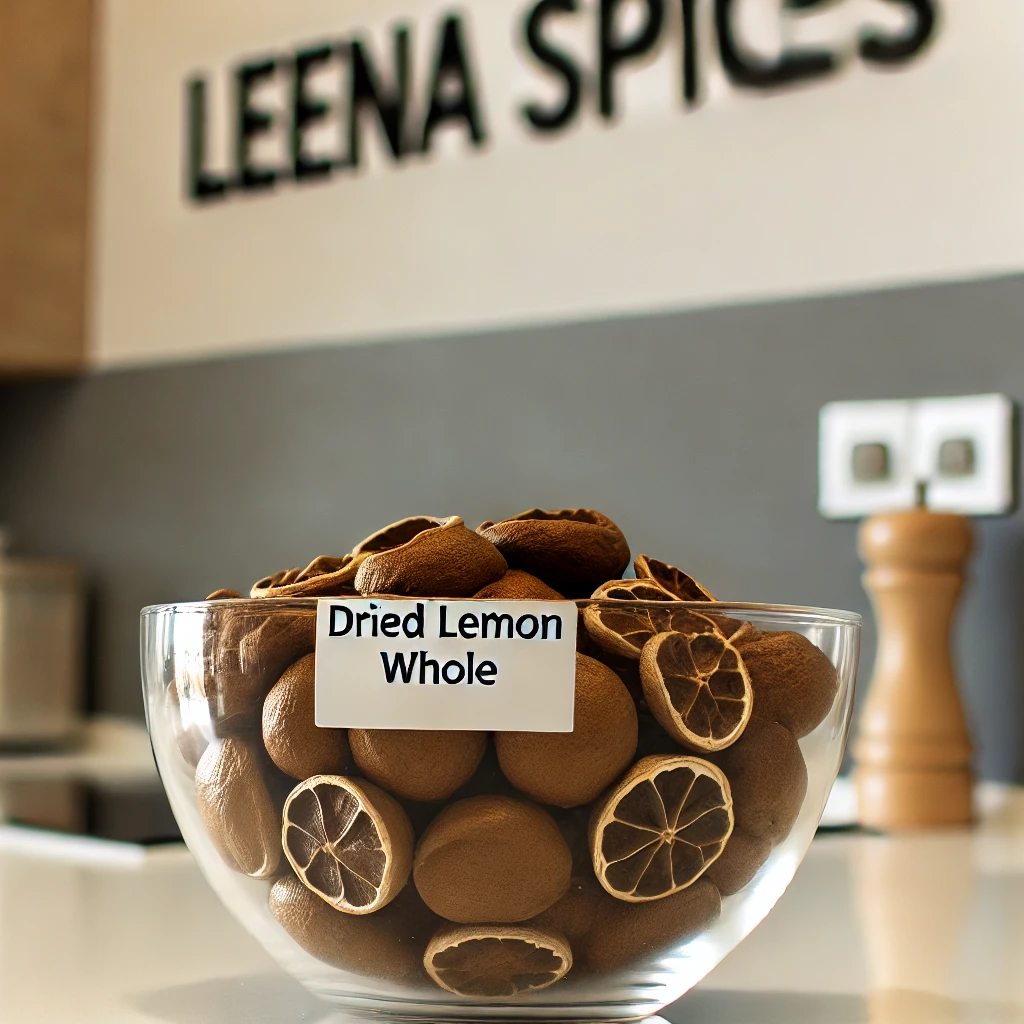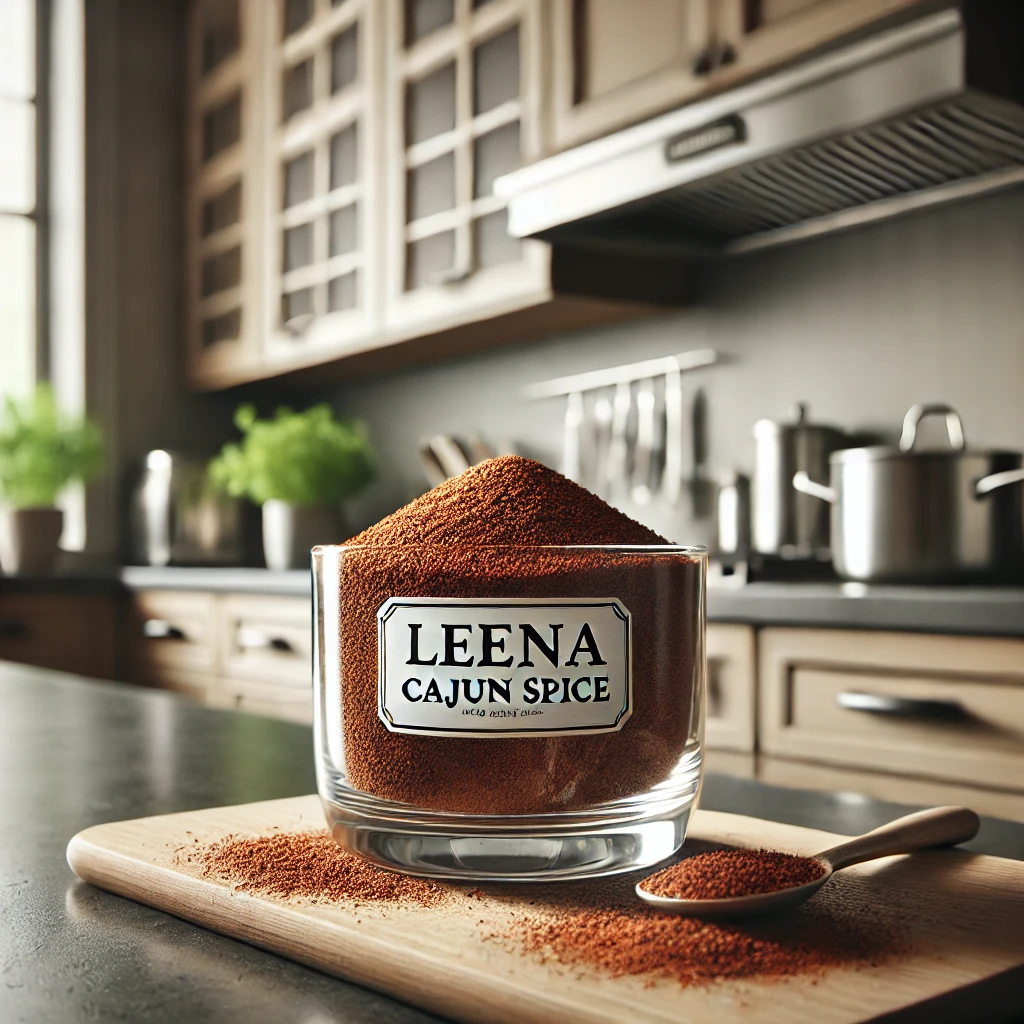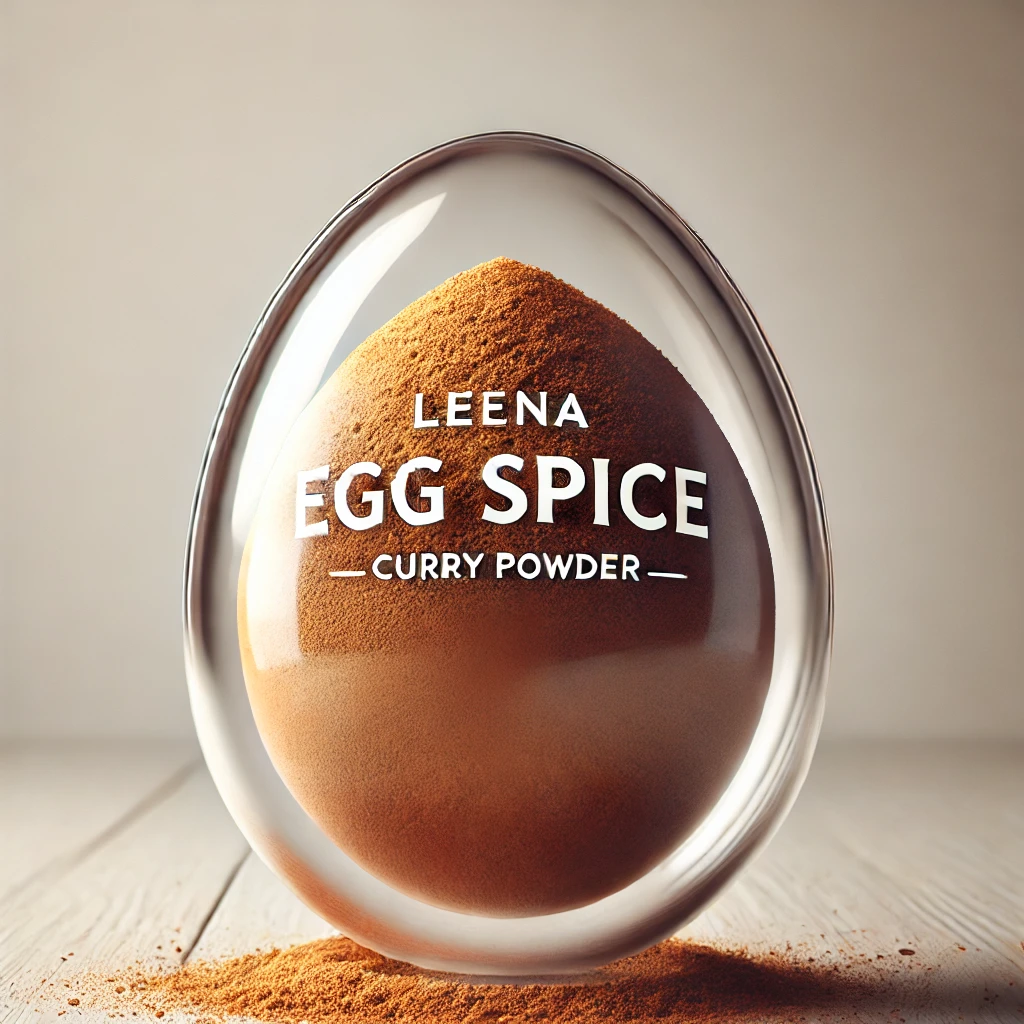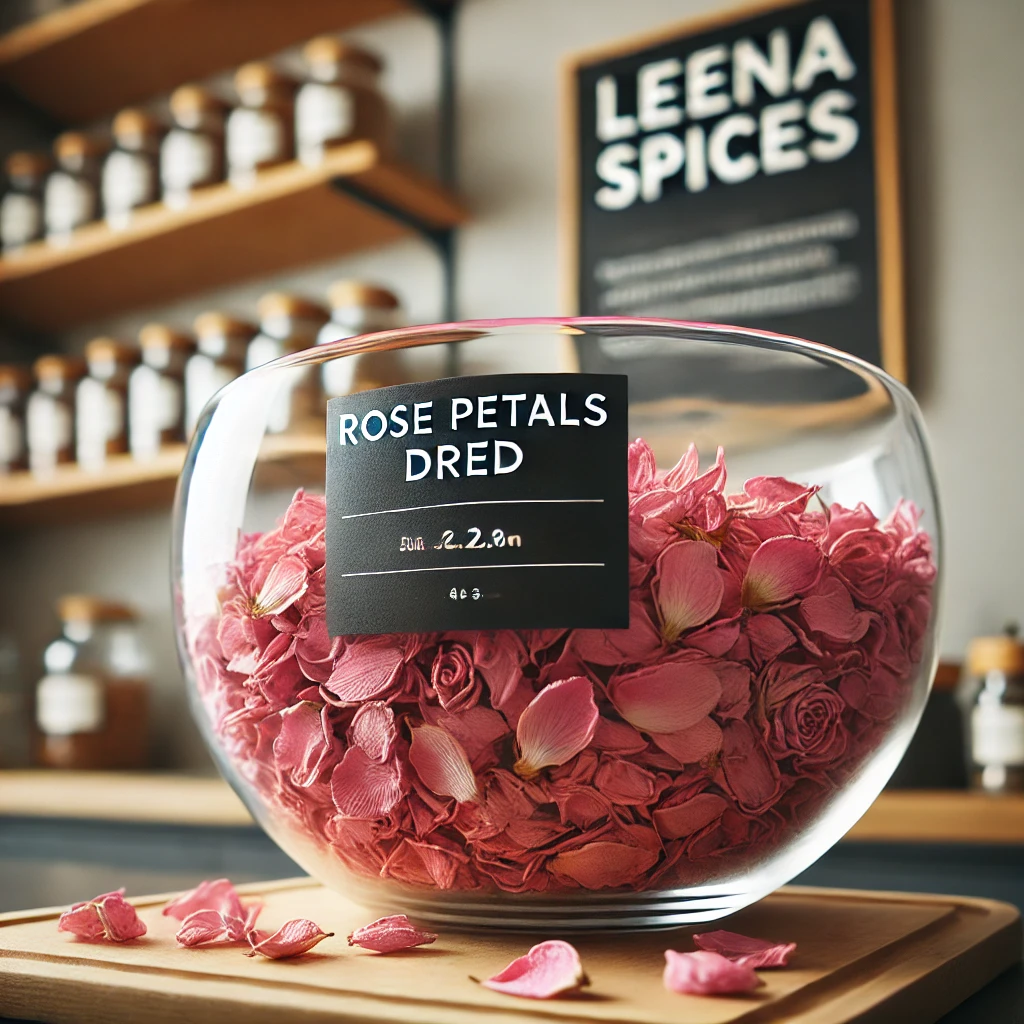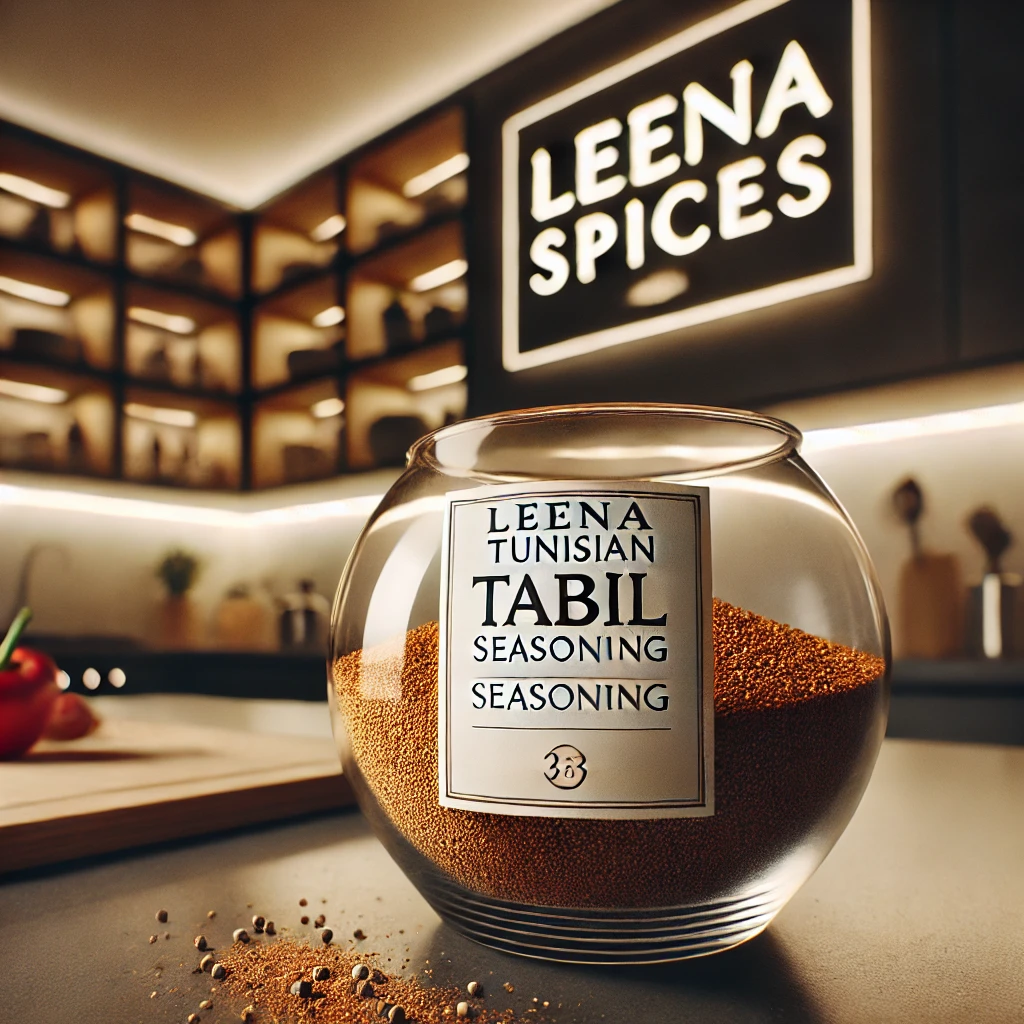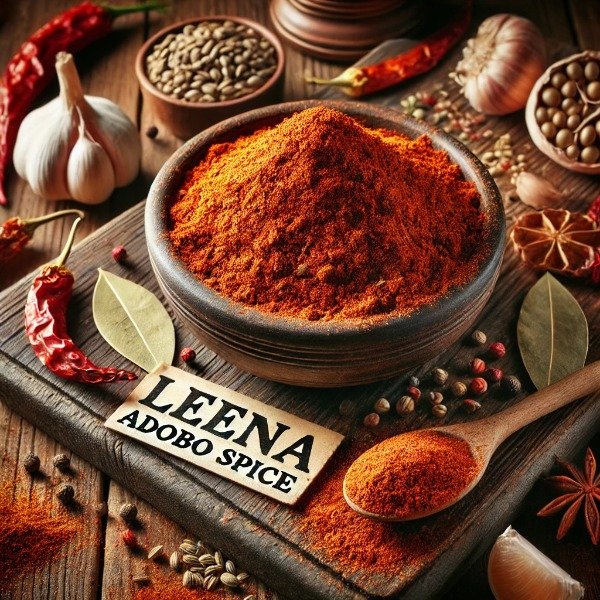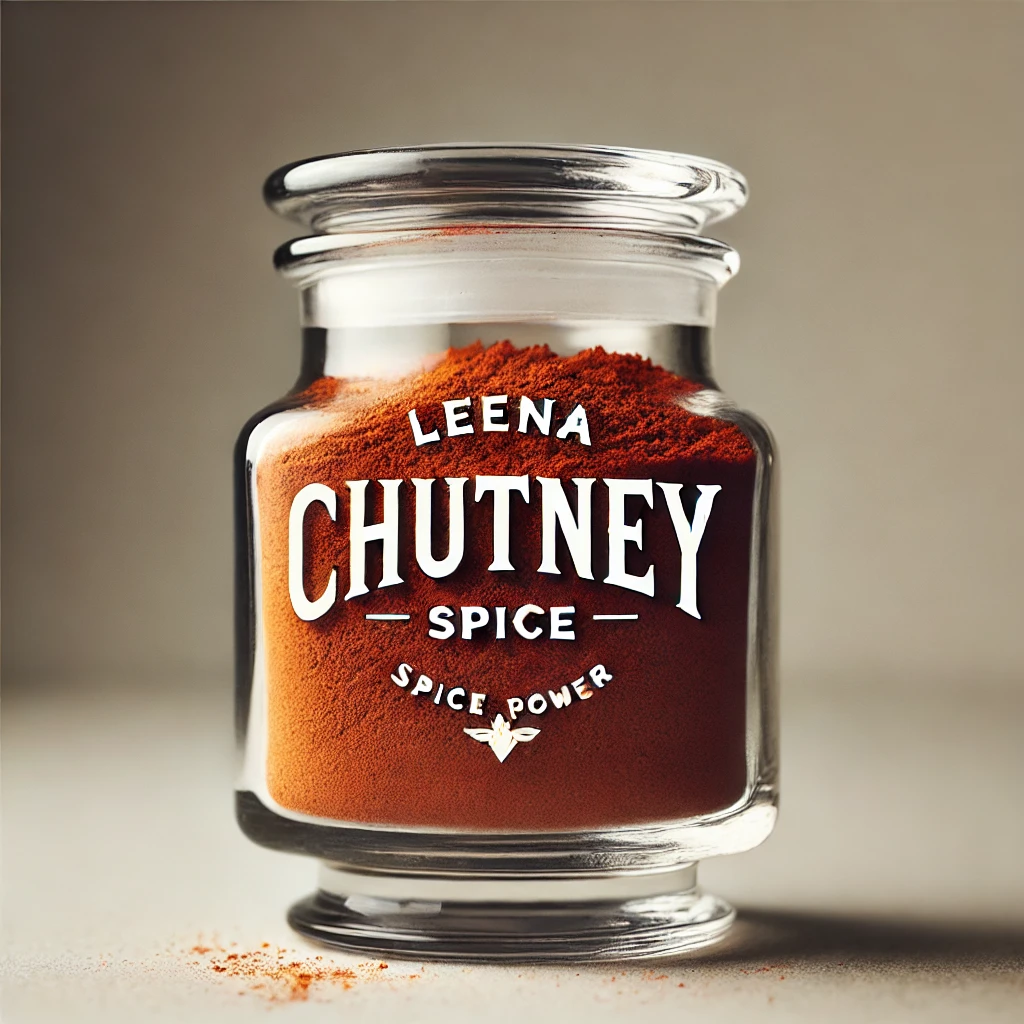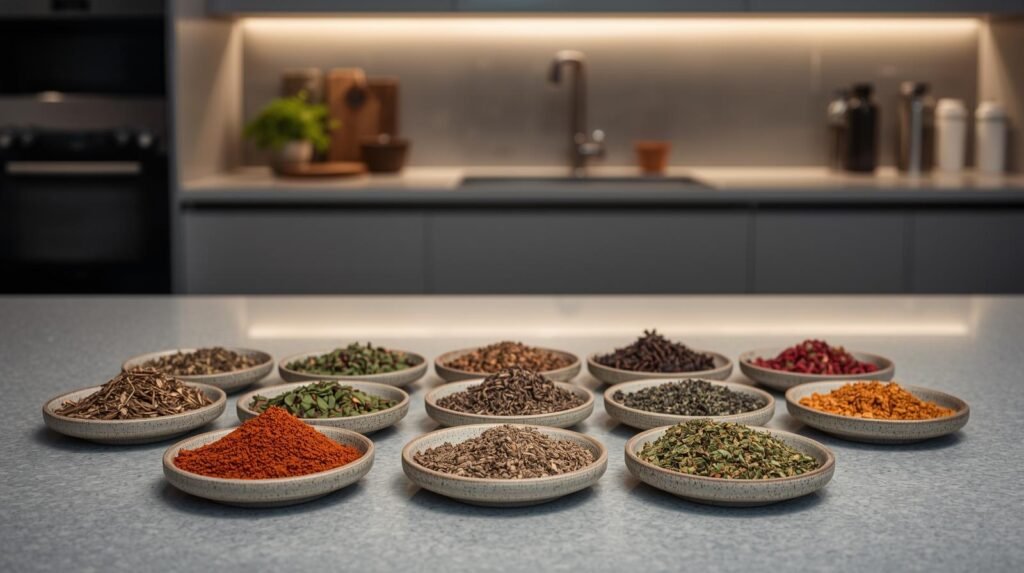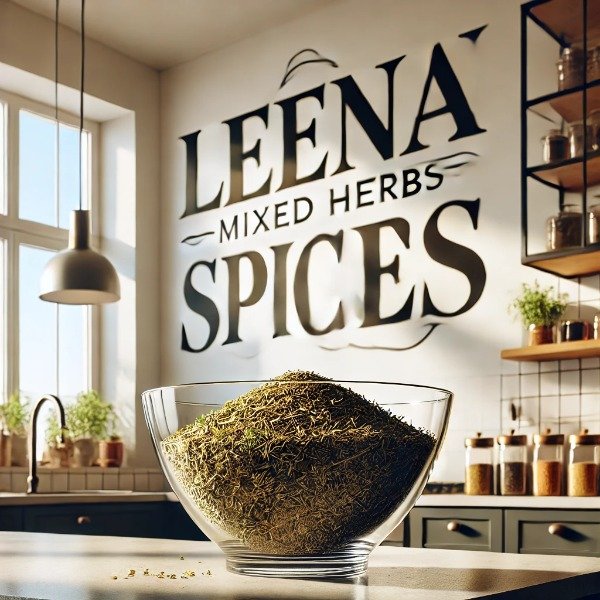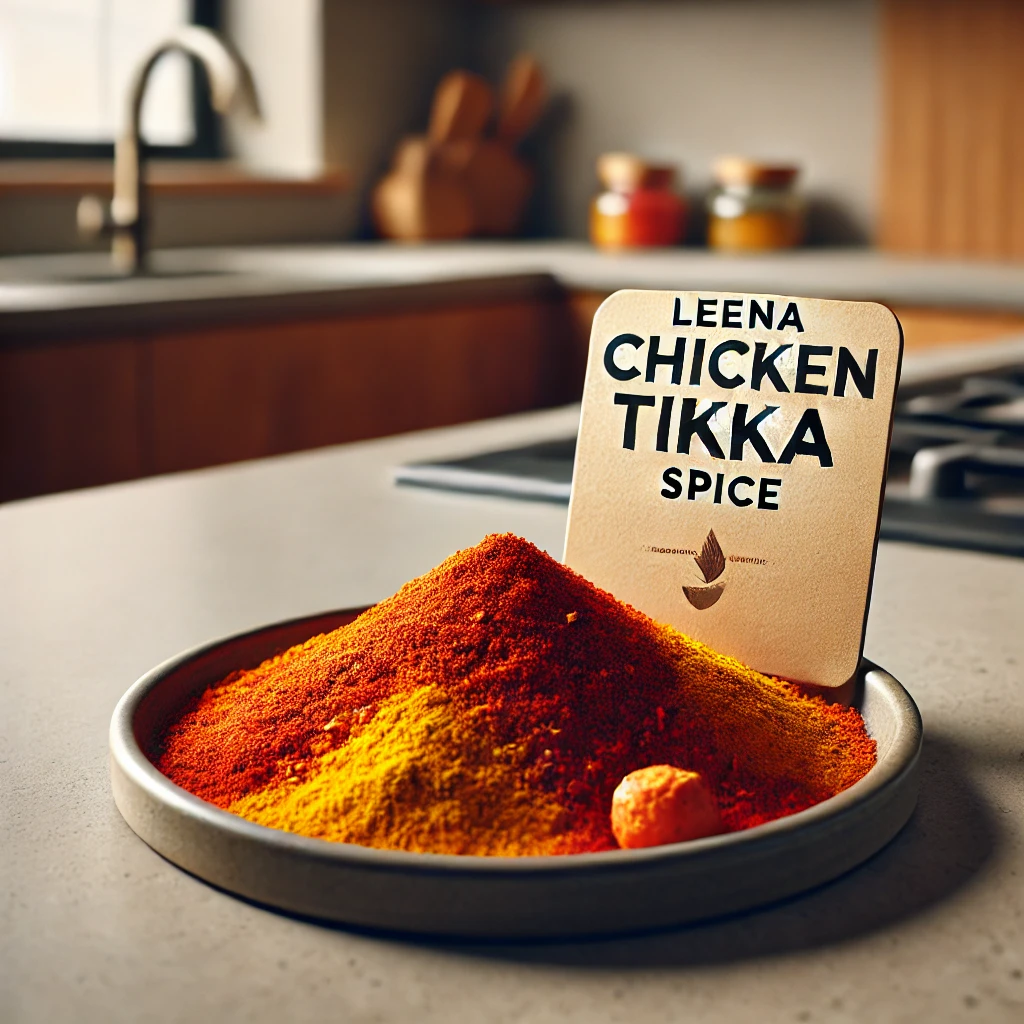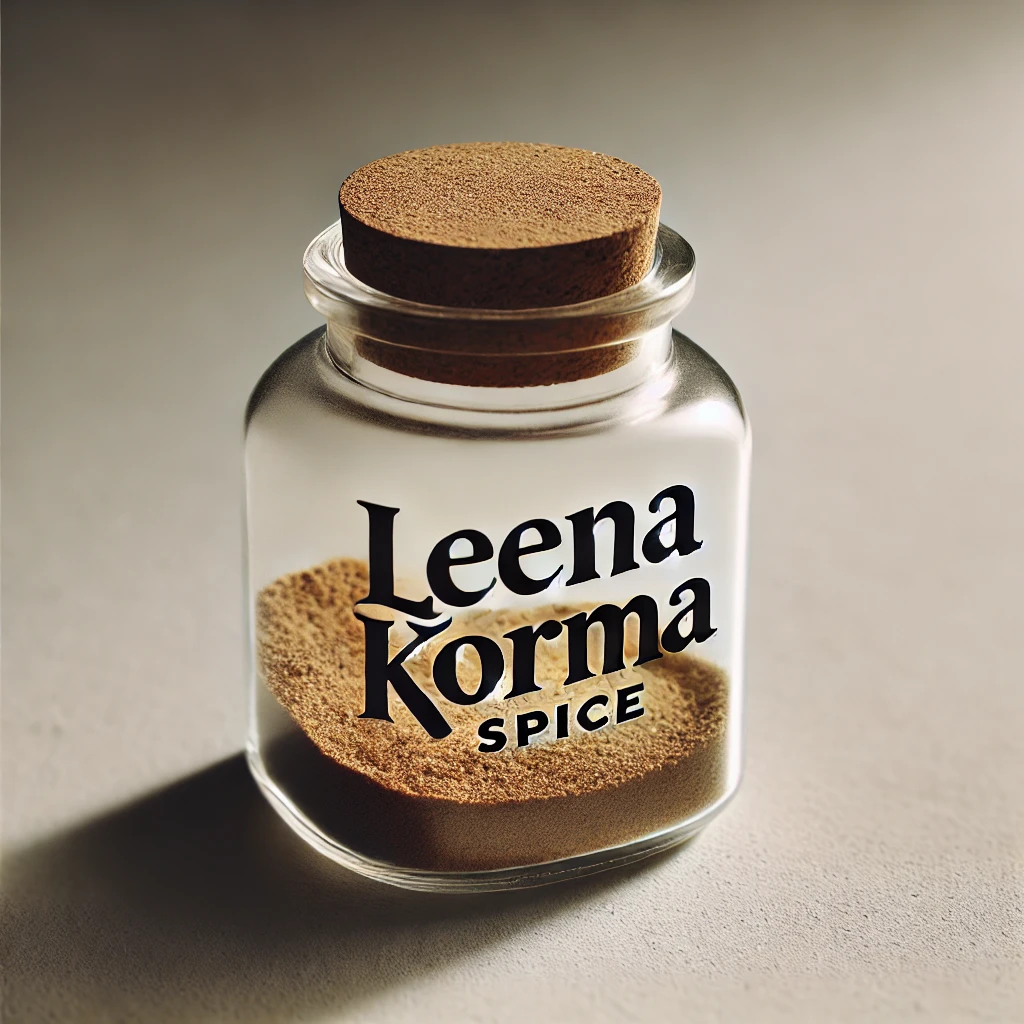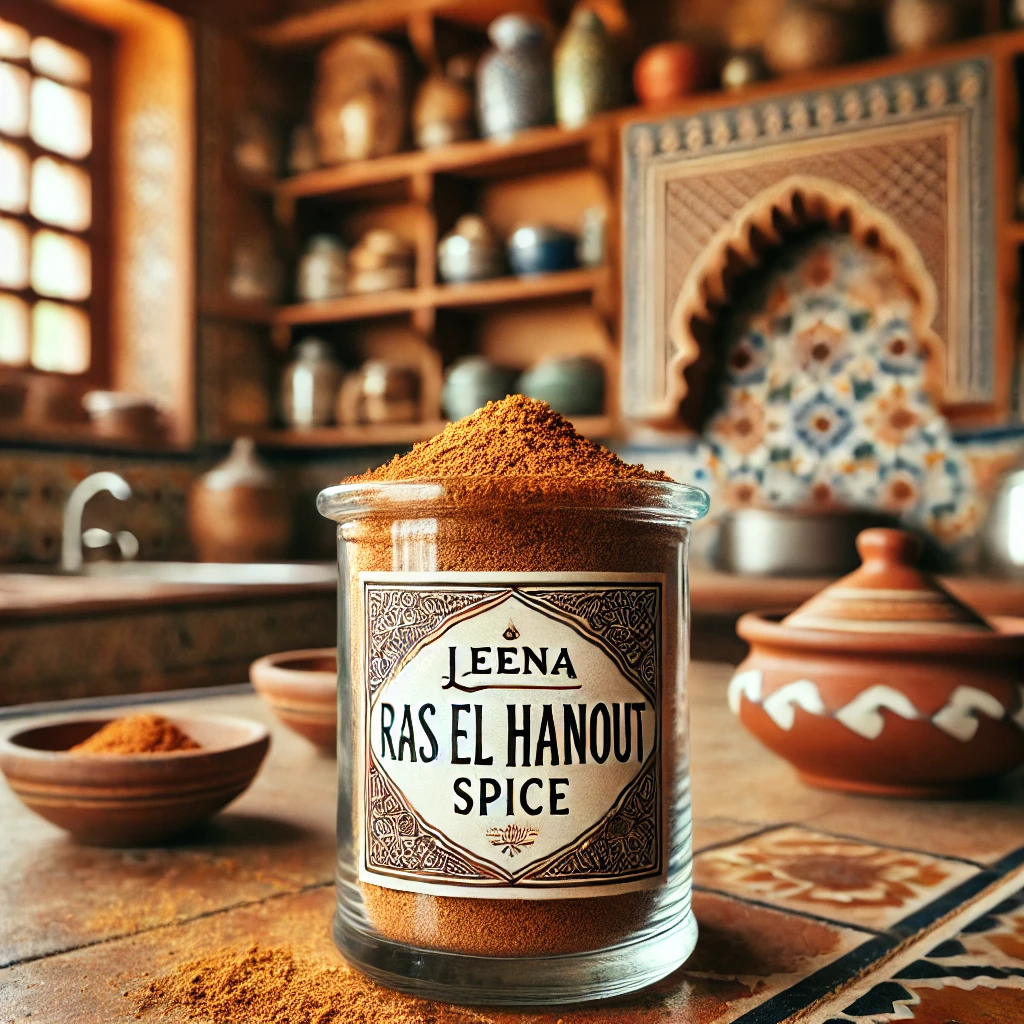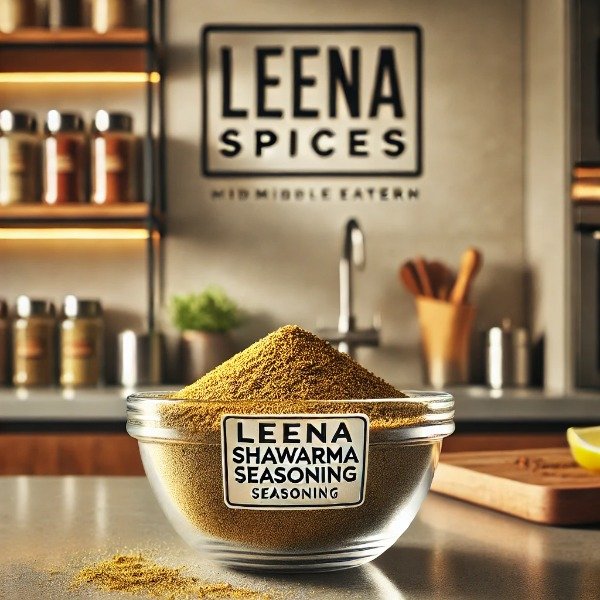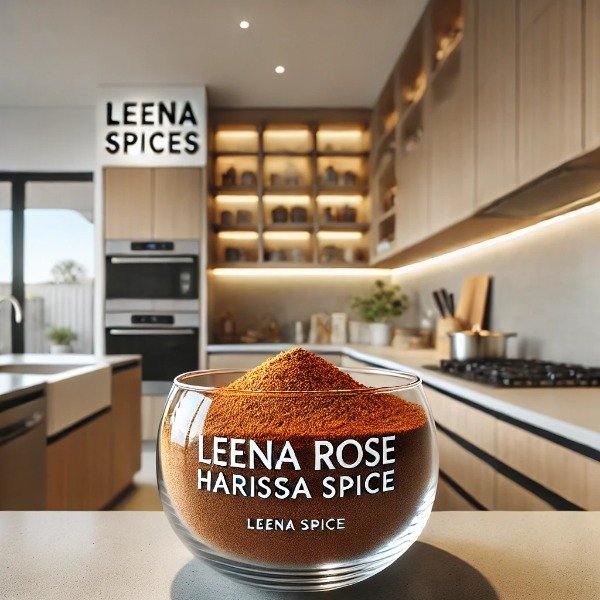10 Easy Ways How to Make Garam Masala at Home
Table of Contents
- Introduction
- Classic Balanced Garam Masala
- Mild Beginner-Friendly Garam Masala
- Punjabi-Style Robust Garam Masala
- South Indian Peppery Garam Masala
- Cardamom-Forward Garam Masala
- Ginger-Infused Warming Garam Masala
- Nutty Fennel-Enhanced Garam Masala
- Smoky Cinnamon-Dominant Garam Masala
- Herbal Bay Leaf Garam Masala
- Exotic Star Anise Garam Masala
- Tips and Tricks for using Garam Masala
- FAQs
- Conclusion
Introduction
Garam masala is more than just a spice mix, it is the heart of Indian cuisine, offering layers of aroma, warmth, and complexity that transform every dish it touches. While its core ingredients—cumin, coriander, cardamom, cinnamon, cloves, and pepper—remain consistent, regional variations and thoughtful tweaks create distinct flavor profiles. From the gentle warmth of a beginner-friendly blend to the bold intensity of Punjabi-style masalas, or the floral elegance of cardamom-forward mixes to the smoky intrigue of star anise and cinnamon, each recipe brings a unique character to the table.
This collection of ten garam masala recipes is designed to guide you through these variations, helping you select or craft the perfect blend for curries, lentils, vegetables, meats, or even fusion dishes. With clear instructions and a focus on balanced flavors, you will learn how to harness the depth, aroma, and versatility of garam masala to elevate your everyday cooking.
1. How to Make Classic Balanced Garam Masala
The Classic Balanced Garam Masala is a versatile spice mix formulated to provide depth and aroma without dominating other flavors in a dish. It blends cumin and coriander for an earthy foundation, with cinnamon, cardamom, and nutmeg adding gentle sweetness and warmth. This balanced profile makes it suitable for a wide range of applications, including curries, roasted vegetables, and lentil dishes. Its consistency and adaptability allow it to complement both traditional Indian recipes and other global cuisines.
Prep Time: 10 mins | Yield: 1/2 cup
Ingredients
- 2 tbsp cumin seeds
- 5 tbsp coriander seeds
- 1 tbsp green cardamom pods
- 1 tsp black peppercorns
- 1 cinnamon stick (2-inch)
- 1 tsp cloves
- 5 tsp nutmeg (grated)
Method
- Place all spices, except nutmeg, in a dry pan over low heat. Roast for 3–4 minutes, stirring occasionally, until they release a strong aroma.
- Remove from heat and allow the spices to cool completely.
- Grind roasted spices and grated nutmeg into a fine powder using a spice grinder.
- Transfer to an airtight container and store in a cool, dry place for up to 3 months.
2. How to Make Mild Beginner-Friendly Garam Masala
This variation is designed for those new to Indian cooking or for anyone who prefers gentle, balanced flavors. By reducing black pepper, cloves, and cinnamon, it retains the fragrance and complexity of garam masala without the intense heat or sharp spice notes. The result is a warm, approachable blend ideal for mild curries, vegetable dishes, and fusion recipes where subtle seasoning is preferred.
Prep Time: 10 minutes
Yield: ½ cup
Ingredients
- 1½ tablespoons cumin seeds
- 1 tablespoon coriander seeds
- 1½ teaspoons green cardamom pods
- ½ teaspoon black peppercorns
- ½ cinnamon stick (1 inch)
- ½ teaspoon cloves
- ¼ teaspoon grated nutmeg
Method
- Place all spices, except nutmeg, in a dry pan and toast gently over medium-low heat for 2–3 minutes, stirring occasionally, until fragrant.
- Allow the spices to cool completely, then grind them with the nutmeg into a fine powder.
- Sift for a smooth texture, transfer to an airtight container, and store in a cool, dark place.
3. How to Make Punjabi-Style Robust Garam Masala
This blend reflects the bold, full-bodied flavors of North Indian cooking. Black cardamom provides a distinct smoky depth, while mace and cloves add warmth and complexity. A slightly longer roasting process and a higher proportion of dark, aromatic spices create an intense flavor ideal for rich meat curries, hearty lentil dishes, and slow-cooked gravies.
Prep Time: 12 minutes
Yield: ½ cup
Ingredients
- 2½ tablespoons cumin seeds
- 2 tablespoons coriander seeds
- 1 tablespoon black cardamom pods
- 1½ teaspoons black peppercorns
- 1 cinnamon stick (2 inches)
- 1 teaspoon cloves
- ½ teaspoon mace
Method
- Roast the black cardamom in a dry pan over low heat for 1 minute to release its smoky aroma.
- Add the remaining whole spices and continue roasting for about 4 minutes, stirring occasionally, until fragrant.
- Remove from heat, cool completely, and grind into a fine powder.
- Store in an airtight container in a cool, dry place.
4. How to Make South Indian Peppery Garam Masala
This variation showcases the bold, pepper-forward flavors typical of southern Indian cuisine. A generous amount of black pepper delivers lively heat, while fennel seeds add sweetness to balance the warmth of cloves, cinnamon, and cardamom. The result is a vibrant blend that complements coconut-based gravies, tangy tamarind curries, and spiced lentil or seafood dishes.
Prep Time: 10 minutes
Yield: ½ cup
Ingredients
- 1 tablespoon cumin seeds
- 1 tablespoon coriander seeds
- ½ tablespoon green cardamom pods
- 2 teaspoons black peppercorns
- ½ cinnamon stick
- 1 teaspoon cloves
- 1 teaspoon fennel seeds
Method
- Place the peppercorns in a dry pan and toast over low heat for 2 minutes.
- Add the remaining whole spices and roast for a further 3 minutes, stirring occasionally, until fragrant.
- Cool completely, grind into a fine powder, and store in an airtight container.
- For best flavor, use within 2 months.
5. How to Make Aromatic Cardamom-Focused Garam Masala
The Aromatic Cardamom-Focused Garam Masala delivers a delicate floral sweetness, This variation features a pronounced cardamom aroma, making it suitable for both savory and sweet dishes. The floral sweetness of cardamom is supported by the gentle warmth of cinnamon, cloves, and nutmeg, creating a refined flavor that enhances fragrant curries, spiced teas, and baked goods. It is ideal for those who prefer lighter, more perfumed spice blends.
Prep Time: 10 minutes
Yield: ½ cup
Ingredients
- 1½ tablespoons cumin seeds
- 1 tablespoon coriander seeds
- 2 tablespoons green cardamom pods
- 1 teaspoon black peppercorns
- 1 cinnamon stick (1½ inches)
- ½ teaspoon cloves
- ¼ teaspoon grated nutmeg
Method
- Place the cardamom pods in a dry pan and roast gently over low heat for 1 minute to release their natural oils.
- Add the remaining whole spices (except nutmeg) and toast for 3 minutes, stirring occasionally, until aromatic.
- Allow to cool, then grind with the nutmeg into a fine powder.
- Store in a clean, airtight glass jar in a cool, dry place.
6. How to Make Ginger-Infused Warming Garam Masala
This variation combines aromatic spices with the gentle heat of dried ginger to create a blend that is both flavorful and comforting. Cumin, coriander, and cardamom form the base, while black pepper and cloves add spice and cinnamon provides subtle sweetness. The ginger is added after grinding to preserve its bright, warming character and digestive benefits, making this blend well-suited to hearty soups, lentil stews, and slow-cooked curries—especially in cooler months.
Prep Time: 15 minutes
Yield: ½ cup
Ingredients
- 2 tablespoons cumin seeds
- 1½ tablespoons coriander seeds
- 1 tablespoon green cardamom pods
- 1 teaspoon black peppercorns
- 1 cinnamon stick
- 1 teaspoon cloves
- 1 tablespoon dried ginger powder (added after grinding)
Method
- Place all whole spices in a dry pan and roast over low heat for about 4 minutes, stirring occasionally, until fragrant.
- Remove from heat, cool completely, and grind to a fine powder.
- Stir in the dried ginger powder until evenly combined.
- Store in an airtight container in a cool, dry place.
7. How to Make Nutty Fennel-Enhanced Garam Masala
This variation features fennel seeds for a gentle sweetness and a mild anise-like aroma that sets it apart from traditional garam masala blends. The fennel complements the earthy base of cumin and coriander, while cardamom, cinnamon, and cloves add warmth and depth. Its aromatic yet mellow profile makes it well-suited for vegetable stir-fries, light curries, and lentil soups, where it brings a subtle nutty balance to savory flavors.
Prep Time: 10 minutes
Yield: ½ cup
Ingredients
- 2 tablespoons cumin seeds
- 1 tablespoon coriander seeds
- 1 teaspoon green cardamom pods
- 1 teaspoon black peppercorns
- ½ cinnamon stick
- ½ teaspoon cloves
- 2 teaspoons fennel seeds
Method
- Place all whole spices in a dry pan and toast over low heat for 3–4 minutes, stirring occasionally, until fragrant.
- Remove from heat, cool completely, and grind into a fine powder.
- Store in an airtight container in a cool, dry place.
8. How to Make Smoky Cinnamon-Dominant Garam Masala
This blend emphasizes slow-toasted cinnamon to create a warm, woodsy smokiness, enhanced by a touch of smoked paprika added after grinding. Earthy cumin, fragrant cardamom, and pepper provide balance, resulting in a bold, aromatic spice mix. It pairs exceptionally well with grilled meats, roasted vegetables, and fusion-style marinades, delivering both comfort and complexity in every bite.
Prep Time: 12 minutes
Yield: ½ cup
Ingredients
- 1½ tablespoons cumin seeds
- 1 tablespoon coriander seeds
- 1 teaspoon green cardamom pods
- 1 teaspoon black peppercorns
- 2 cinnamon sticks (total 3 inches)
- 1 teaspoon cloves
- ½ teaspoon smoked paprika (added after grinding)
Method
- Roast the cinnamon sticks in a dry pan over low heat longer than the other spices to develop a smoky aroma.
- Add the remaining whole spices and roast briefly until fragrant.
- Cool completely, grind into a fine powder, then stir in the smoked paprika.
- Store in an airtight container in a cool, dry place.
9. How to Make Herbal Bay Leaf Garam Masala
This variation incorporates bay leaves to introduce subtle herbal and slightly floral notes, adding a refreshing lift to the traditional garam masala profile. The warmth of cinnamon, cloves, and cardamom complements the bay leaves, creating a light yet flavorful blend. It works particularly well in delicate curries, vegetable soups, and even savory teas.
Prep Time: 10 minutes
Yield: ½ cup
Ingredients
- 2 tablespoons cumin seeds
- 1½ tablespoons coriander seeds
- 1 tablespoon green cardamom pods
- 1 teaspoon black peppercorns
- 1 cinnamon stick
- 1 teaspoon cloves
- 4 bay leaves
Method
- Place the bay leaves and other whole spices in a dry pan and toast over low heat for 3 minutes, stirring occasionally.
- Remove the stems from the bay leaves after roasting, then allow all spices to cool completely.
- Grind into a fine powder and store in an airtight container in a cool, dry place.
10. How to Make Exotic Star Anise Garam Masala
This variation highlights star anise, imparting a bold, sweet, licorice-like aroma that distinguishes it from traditional garam masala blends. Cinnamon and cloves add warmth, while cumin and coriander provide an earthy base, creating a balanced yet intriguing flavor profile. It is particularly suited for rich marinades, braised meats, or fusion dishes where a unique aromatic note is desired.
Prep Time: 10 minutes
Yield: ½ cup
Ingredients
- 1½ tablespoons cumin seeds
- 1 tablespoon coriander seeds
- 1 teaspoon green cardamom pods
- 1 teaspoon black peppercorns
- 1 cinnamon stick
- ½ teaspoon cloves
- 2 star anise
Method
- Toast all whole spices, including star anise, in a dry pan over low heat for about 4 minutes, stirring occasionally, until fragrant.
- Allow to cool completely, then grind into a fine powder.
- Store in an airtight container and use while fresh for optimal flavor.
Related Posts
Are There Any Health Benefits of Garam Masala
10 Top Chicken Recipes With Garam Masala
10 Garam Masala Recipes For Barbecue
10 Popular Garam Masala Recipes How to Make Beef
10 Recipes How to Make Garam Masala Chutney
10 How to Make Vegetables With Garam Masala Recipes
10 Best Garam Masala Recipes How to Make Lamb
10 Best Ways to Make Garam Masala Paneer Delights
10 Best Ways How to Make Garam Masala Egg Recipes
10 Best Ways to Make Garam Masala Dips
How to Make 10 Garam Masala Fish Recipes
10 Most Popular Garam Masala Salad Recipes
12 Most Delicious Garam Masala Soup Recipes
10 Popular Garam Masala Pork Recipes for USA, Australia, New Zealand
10 Authentic Garam Masala Rice Recipes
Tips & Tricks for Using Garam Masala
Dry roasting releases essential oils, enhances aroma, and deepens flavor. Keep the heat low and stir frequently to avoid burning.
- Grind in small batches
Freshly ground spices are more aromatic and flavorful. Grind only what you’ll use within a few months for maximum potency. - Store properly
Use airtight glass jars in a cool, dark place to preserve flavor. Avoid exposure to sunlight, moisture, and heat. - Customize to taste
Adjust the ratios of black pepper, cloves, or cinnamon to control heat and sweetness. You can also experiment with add-ins like fennel, star anise, or bay leaves for unique profiles. - Layer flavors
For deeper complexity, add a small pinch at the start of cooking and a light sprinkle at the end. This preserves aroma while integrating warmth throughout the dish. - Pair wisely with dishes
- Bold, smoky blends (Punjabi-Style, Smoky Cinnamon) → Rich meats, lentils, slow-cooked curries.
- Light, aromatic blends (Cardamom-Forward, Herbal Bay Leaf) → Delicate curries, vegetable soups, teas, desserts.
- Peppery or ginger-forward blends → Southern Indian curries, seafood, hearty winter stews.
- Avoid overcooking
Ground garam masala can lose its aroma if cooked for too long. Add toward the end of simmering to maintain its fragrance. - Experiment with fusion recipes
Garam masala is versatile—try it in roasted vegetables, grilled meats, pasta sauces, or even spiced nuts for a creative twist. - Keep tasting and adjusting
Each blend can be slightly tweaked to suit your palate or the dish. Start with small amounts, taste, and adjust gradually. - Mix and match for variety
Combine different blends or create your own variations by adding one or two new spices. This allows endless customization while keeping the base flavor balanced.
FAQs
1. What is garam masala?
Garam masala is a traditional Indian spice blend made from a combination of warming spices such as cumin, coriander, cardamom, cinnamon, cloves, and black pepper. It is used to enhance flavor, aroma, and depth in a wide variety of dishes.
2. Can I make garam masala at home?
Yes. Homemade garam masala is easy to make by dry roasting whole spices, grinding them into a powder, and storing in an airtight container. Making it at home ensures freshness, stronger flavor, and no additives or preservatives.
3. How long does homemade garam masala last?
Stored in a cool, dry, airtight container, homemade garam masala typically lasts 2–3 months. Spices gradually lose potency over time, so it’s best to use them fresh.
4. Should I roast the spices before grinding?
Yes. Dry roasting whole spices releases their essential oils and enhances both flavor and aroma. Some blends, like smoky cinnamon or star anise variations, benefit from longer roasting times to develop depth.
5. Can I adjust the heat in garam masala?
Absolutely. The spice level depends mainly on black pepper and cloves. Reducing them creates a milder blend, while increasing them adds heat. Adjust according to your personal taste or the dish you’re preparing.
6. Are garam masala blends interchangeable in recipes?
They can be substituted, but each blend has a unique flavor profile. For example, Punjabi-Style Robust is ideal for rich meat dishes, while Cardamom-Forward is lighter and suited for fragrant curries or baked goods. Choose based on the flavor intensity you want.
7. Can garam masala be used in sweet dishes?
Yes. Some blends, particularly Cardamom-Forward or Mild Beginner-Friendly, pair well with spiced teas, desserts, or baked goods, adding warmth and aromatic complexity.
8. Is it better to grind spices fresh or use pre-ground?
Grinding spices fresh yields a more potent flavor and aroma. Pre-ground spices are convenient but may have lost some essential oils, making them less aromatic.
9. Can I make a large batch and store it?
Yes, but it’s best not to make excessively large batches. Spices lose flavor over time, so smaller batches ensure maximum freshness and taste.
10. Can garam masala be added during cooking or after?
Both methods work. Adding it during cooking infuses the dish with flavor, while sprinkling it at the end preserves its aroma and brightness. Many chefs combine both approaches for layered complexity.
Conclusion
Homemade garam masala not only enhances flavor but also ensures freshness and purity, free from additives and preservatives. With this guide, you now have the knowledge to explore, customize, and master the art of garam masala in your kitchen, adding a fragrant, flavorful touch to every meal.



